Corrugated Box Products
INTRODUCTION
Corrugated boxes are a fundamental part of the packaging industry, known for their durability, versatility, and cost-effectiveness. They are widely used for shipping, storage, and product protection across various industries, from food and electronics to heavy machinery. Corrugated boxes are made from corrugated fiberboard, which consists of a fluted sheet (known as the corrugating medium) sandwiched between one or two flat linerboards. The combination of these layers gives the box its strength and cushioning properties, making it ideal for protecting goods during transport and storage.
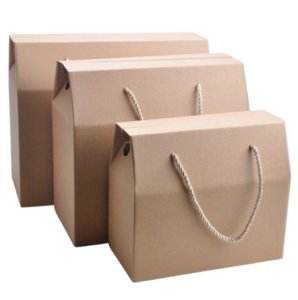
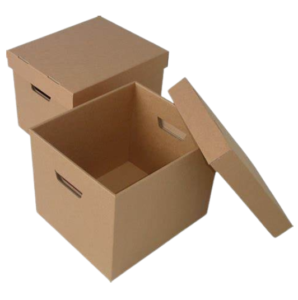
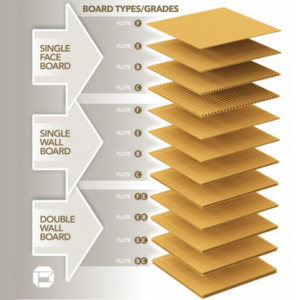
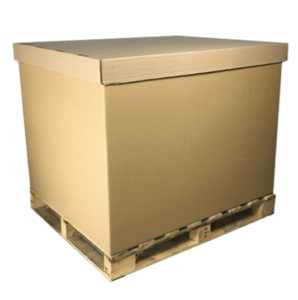
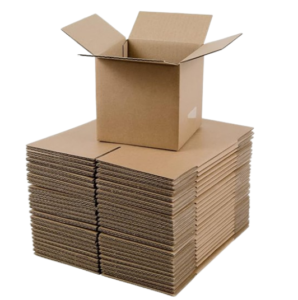
TYPES OF CORRUGATED BOX PRODUCTS
Corrugated boxes come in various types, based on their structure, design, and usage. Here are some of the most common types:
Single-Wall Corrugated Boxes
- Structure: These boxes have one layer of fluting between two layers of linerboard.
- Usage: They are the most commonly used type for general shipping and packaging needs, suitable for lightweight to medium-weight products.
Double-Wall Corrugated Boxes
- Structure: These boxes have two layers of fluting sandwiched between three layers of linerboard.
- Usage: Ideal for heavier or more fragile items, these boxes offer enhanced strength and durability, making them suitable for shipping larger and bulkier goods.
Triple-Wall Corrugated Boxes
- Structure: These boxes feature three layers of fluting between four layers of linerboard.
- Usage: Used for the heaviest or most delicate items, these boxes provide maximum strength and are often used for industrial shipping or transporting large items like appliances.
Regular Slotted Containers (RSC)
- Design: The most common box style, with flaps of equal length that meet at the center when folded. These boxes are efficient to produce and require minimal cutting and waste.
- Usage: Versatile for a wide range of products, including electronics, consumer goods, and more.
Half-Slotted Containers (HSC)
- Design: Similar to RSC, but with flaps on only one end of the box, leaving the other end open.
- Usage: Often used as a cover or lid, or for products that require easy access.
Die-Cut Custom Boxes
- Design: These boxes are specially cut to fit unique product shapes or provide specific features, such as handles or windows. They are produced using a die-cutting machine that allows for custom shapes and designs.
- Usage: Used for customized packaging solutions, often for retail displays, promotional packaging, or items with specific dimensional needs.
Folding Cartons
- Design: Made from a single piece of corrugated board, these boxes are designed to be folded into shape without additional adhesives.
- Usage: Commonly used for retail packaging, they offer a compact and cost-effective solution for lightweight products.
Full-Overlap Boxes (FOL)
- Design: The flaps on these boxes fully overlap each other, providing extra thickness on the top and bottom.
- Usage: Suitable for heavy or delicate items, offering added strength and cushioning on the top and bottom surfaces.
Telescope Boxes
- Design: These consist of two pieces, a top and a bottom, that fit over each other, similar to the way a telescope is constructed.
- Usage: Ideal for products that require extra height or variable sizes, such as picture frames or mirrors.
Corrugated Trays
- Design: These are shallow boxes without flaps, often used to hold multiple items.
- Usage: Commonly used in retail for displaying products or for storing items like cans or bottles.
PRODUCTS









